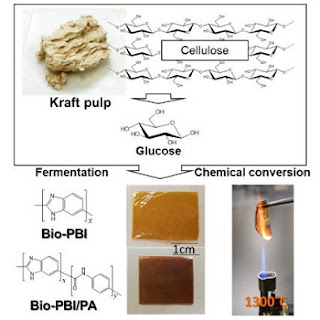BASF launches Ultradur® RX, a modified polybutylene terephthalate (PBT), specifically for radar sensor applications in vehicles. With good resistance against media such as splash water, oils or salt, Ultradur® offers protection for sensor housings. In addition, the new material shields the sensitive electronics in the housings against disturbing electromagnetic waves from other vehicles.
Absorption and Reflection of Interference Radiation
With increasing electromagnetic interference issues in road traffic, it is crucial that for optimal sensor functioning this noise is absorbed and therefore reduced. That makes Ultradur® the perfect choice as it suppresses disturbing radar radiation, better assigns the received signals, which at the same time means an improvement in safety. As a functionalized plastic, Ultradur® RX is an excellent alternative to metal housings, thus contributing to weight savings and higher vehicle efficiency.
Since the absorption properties depend on geometric conditions, the suitable material must be selected for each application - the new Ultradur® RX portfolio offers an ideal solution for any circumstance and is now commercially available.
"The different grades of the new Ultradur® RX series are products designed for absorption and reduction of interference radiation in the range of 76 to 81 GHz. They offer a high level of protection of the sensitive electronics," explains Dr. Erik Gubbels, R&D Ultradur® expert in the Performance Materials division at BASF. "This dielectrically optimized material fulfills the high standards for sensor components and is suitable for the use as a rear housing cover or behind the printed circuit board of a radar sensor, for example."
Source: BASF








